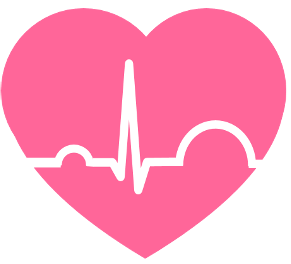
Blood oxygen concentration is a critically important physiological indicator in the human body, playing a vital role in patient health monitoring. Blood oxygen concentration refers to the amount of oxygen present in the blood and is typically expressed as a percentage known as oxygen saturation (SpO2). Under normal circumstances, the blood oxygen saturation level of most individuals should be above 95%, indicating a sufficient supply of oxygen in the blood to meet the needs of various bodily tissues.
Especially in the aftermath of the COVID-19 pandemic, many patients may experience compromised or reduced lung function. Blood oxygen monitoring is of paramount importance in assessing the normal functioning of a patient’s respiratory and circulatory systems. Through the integration of physiological gateway devices (VSG101 / VSG102) with pulse oximeters, VS-SAFETY facilitates prolonged blood oxygen monitoring for patients. A low blood oxygen concentration in patients could signify an insufficient supply of oxygen to various organs, potentially indicating underlying health issues related to the lungs or heart. This is particularly critical for patients with respiratory disorders, heart conditions, COVID-19, and other ailments, prompting VS-SAFETY to issue real-time alerts.
The blood oxygen concentration monitoring feature of VS-SAFETY is instrumental in early detection and management of potential health problems, elevating patient safety and healthcare management standards. This functionality provides a comprehensive understanding of a patient’s physiological state and enables timely intervention when necessary. Not only does it ensure patients receive safer and more comfortable care, but it also aids healthcare professionals in better comprehending and addressing the health needs of their patients.
You can access the list of oximeters by clicking on “Oximeter” from the “Main” page or by selecting “Oximeter” from the “menu” in the upper right corner of the screen. This will also take you to the list of oximeters in VS-SAFETY.
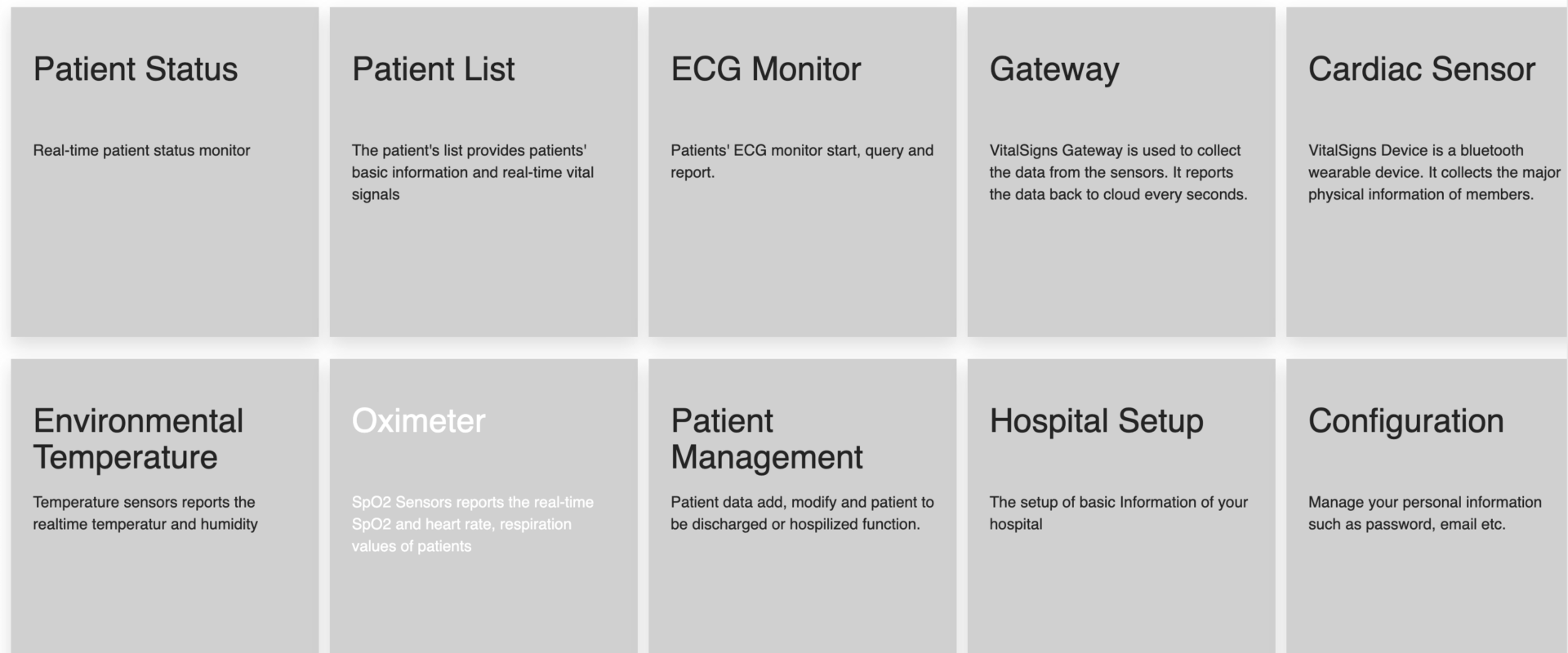
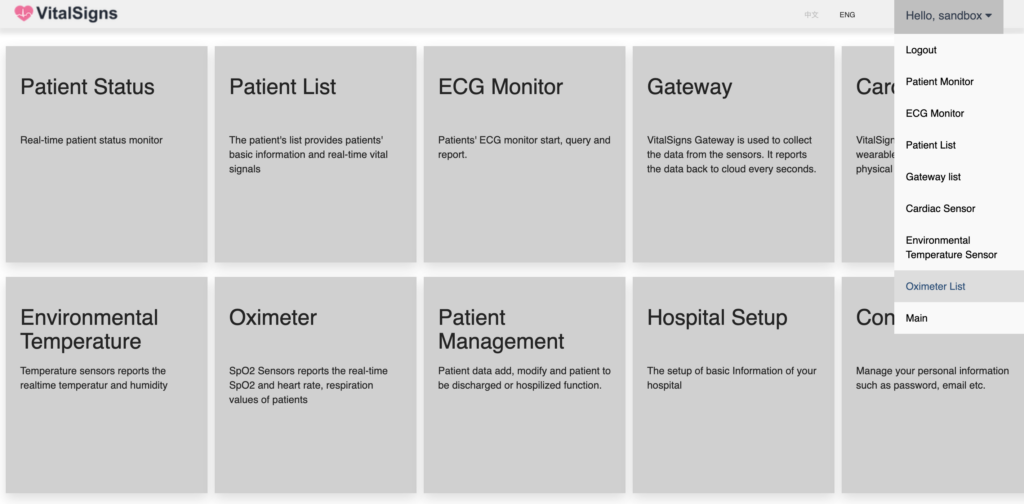
The account we are currently logged into is the “sandbox” account. We have added an oximeter (VSO-E003) to this testing account. When the patient is not wearing the oximeter, it will display as offline. However, when the patient turns on the device and places their finger in it, the oximeter’s data will show as online. It will then report the current patient’s blood oxygen saturation (SpO2), heart rate (HR), respiratory rate per minute (RESP), and perfusion index (PI). PI refers to the Perfusion Index (PI), which reflects the pulsatile blood flow, indicating the blood perfusion capability. The larger the pulsatile blood flow, the greater the pulsatile component, resulting in a higher PI value.
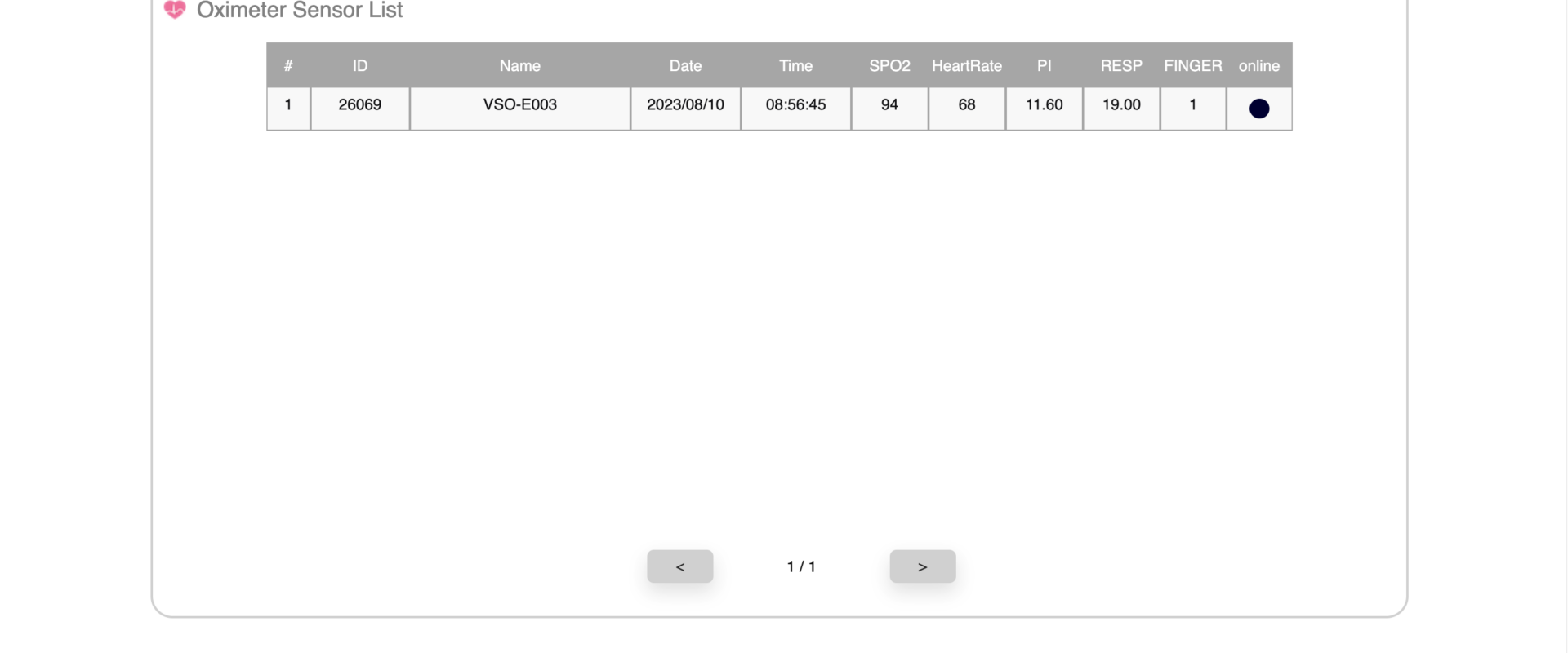
The image below shows the icon of the oximeter. Please place the patient’s finger into the device and turn it on. During the process, try to keep the patient’s body as still as possible. VS-SAFETY will report the patient’s blood oxygen-related metrics every minute.
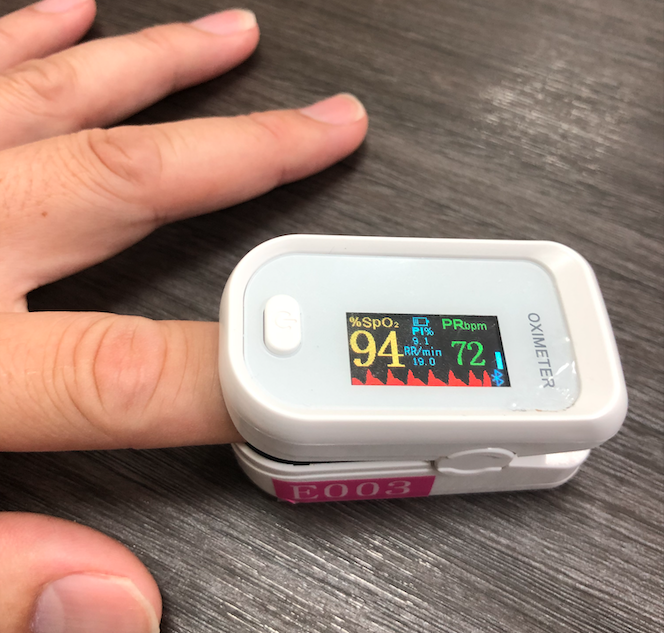
Once the values from the oximeter are transmitted to VS-SAFETY via VSG101 / VSG102, you can remotely monitor the patient’s blood oxygen information.
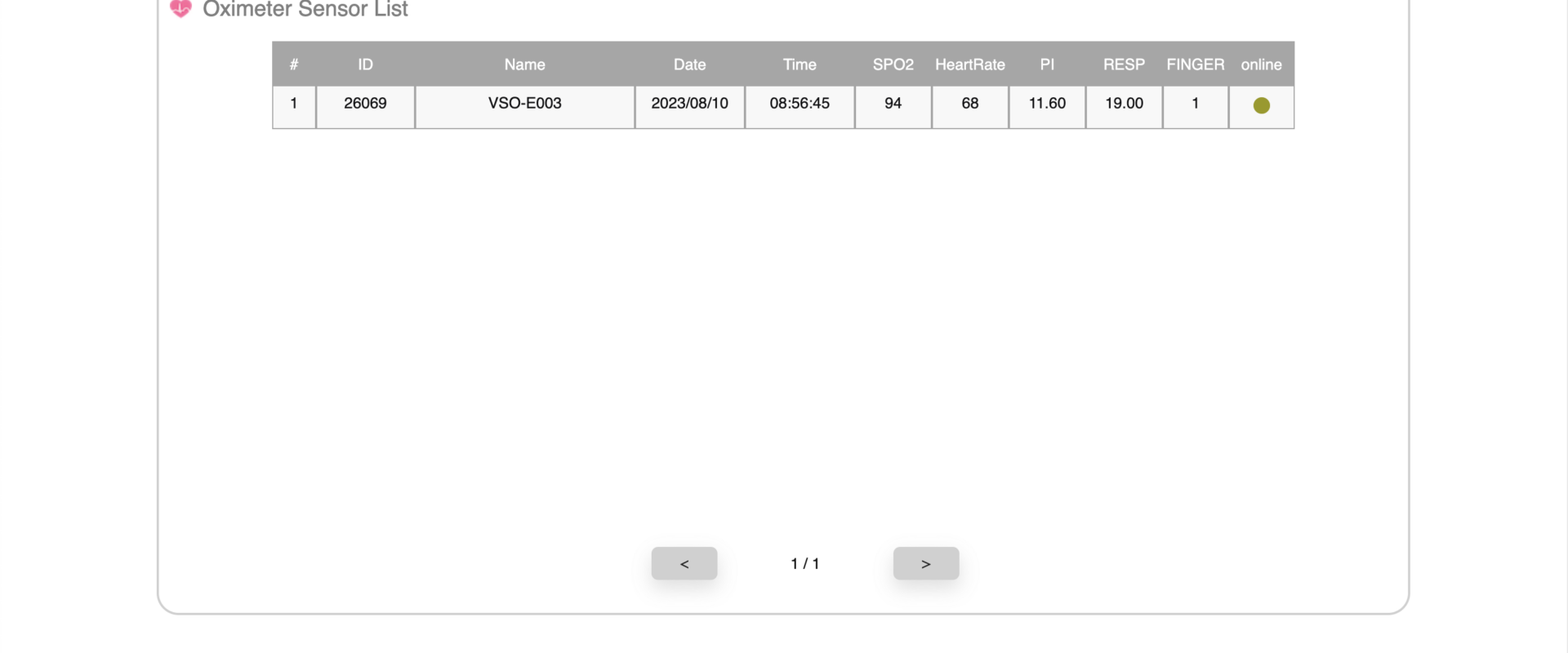
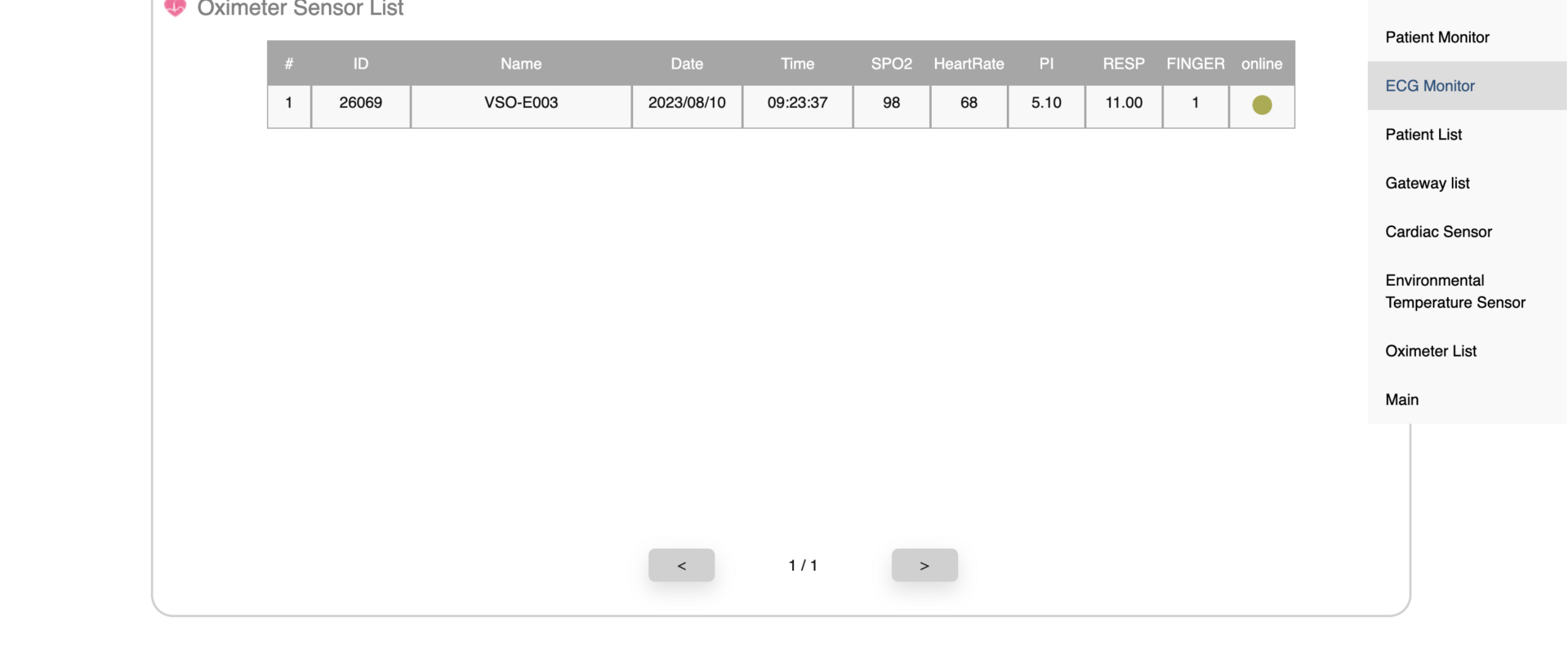
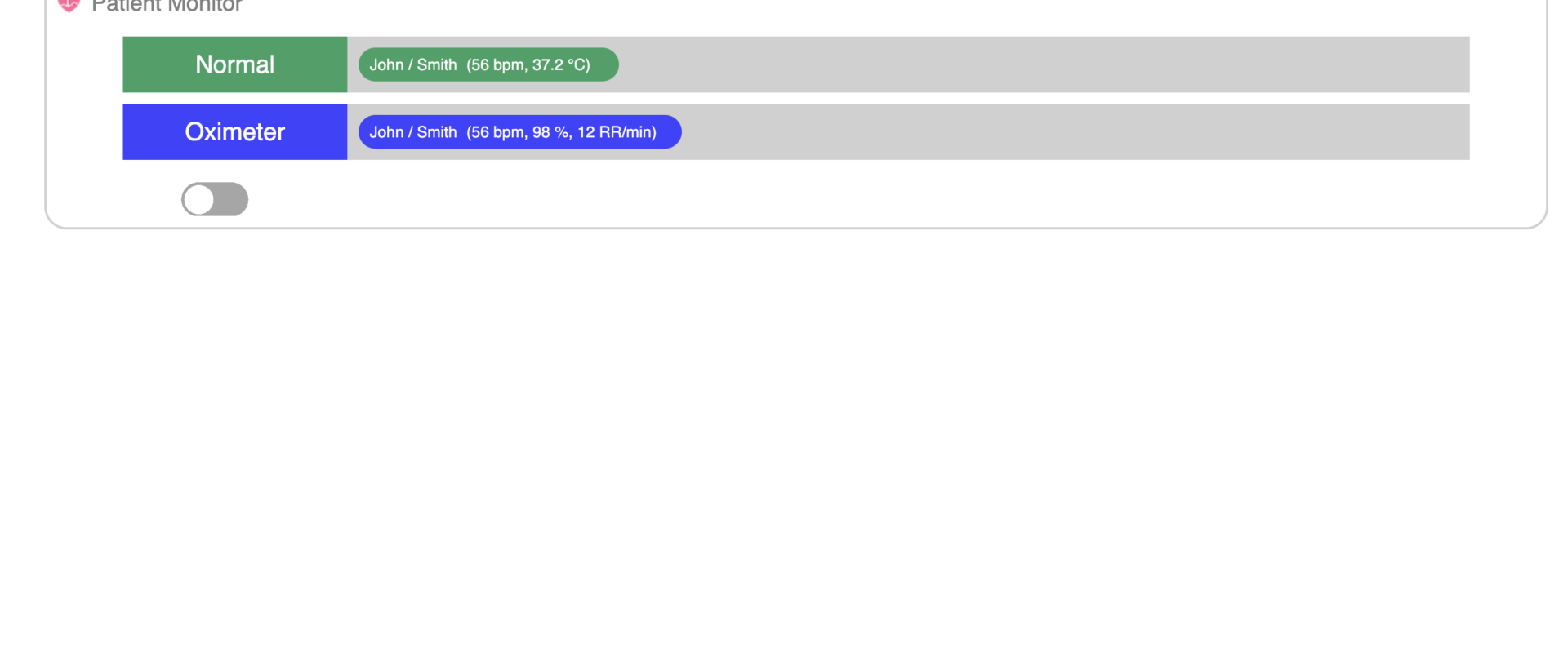
Once the patient’s information is connected to VS-SAFETY, you can click on the “menu” option at the top right and select “Patient Monitor” to return to the patient monitoring page. At this point, you will be able to observe that the blood oxygen and respiratory rate of the patient “John” in this example can be monitored. This provides healthcare professionals with three additional indicators to assess the patient’s medical condition.
The remote blood oxygen monitoring feature of VS-SAFETY has been well-received by our users, including schools, ships, medical rooms, and nursing stations of various organizations. Remote blood oxygen monitoring offers healthcare personnel a quick and convenient way to access real-time physiological status of mildly ill patients. In practical use, you can independently set up the oximeter with a specific Social Security Number (SSN), such as 000-0000-001, without needing the actual patient’s information. This approach allows for rapid exploration of real-time physiological information for unidentified patients, and we extensively use this mechanism during disaster relief efforts. As long as you can access the patient’s fingertip, you can perform initial exploration of the patient’s physiological information.
Next, you can read the following chapters in sequence to further understand the features of VS-SAFETY.
